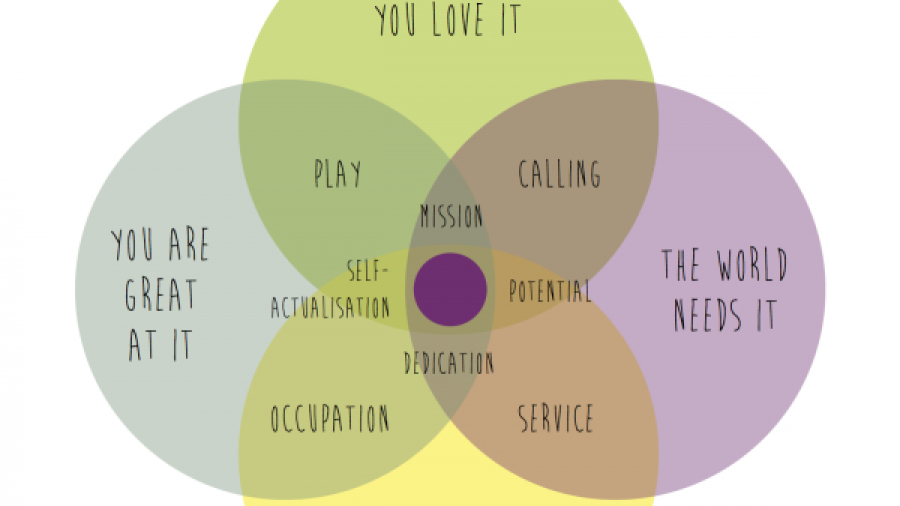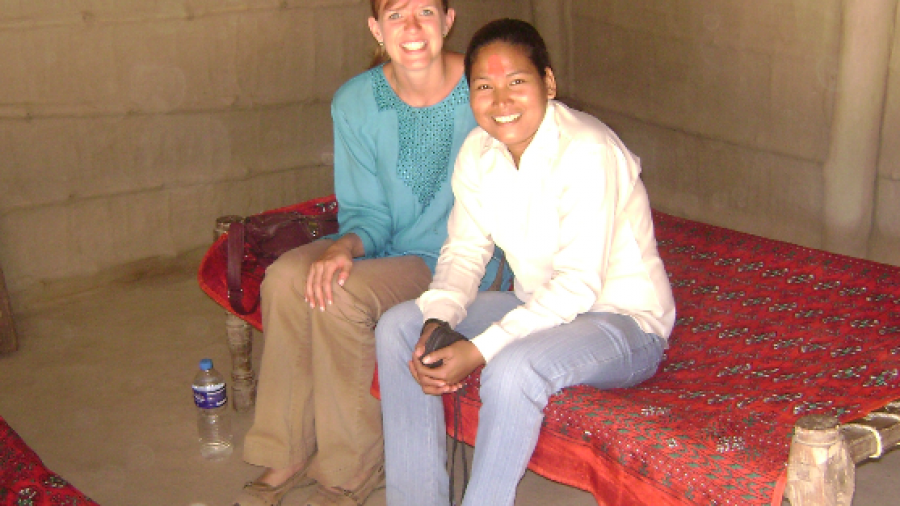We’ve got more audit talk for you today! The 12/31 year-enders are prepping and the 6/30 year-enders are looking for auditors, so we’re trying to cover all our bases here.
I spoke with not one but two organizations last week that need a new auditor and asked me for suggestions (good first step, by the way!). I’ve worked with a great audit firm for many years and immediately thought of them but unfortunately, they’re in another state. I texted the audit partner (yes, I basically have him on speed dial!) and he said he’d love to participate in an RFP process. That got me thinking about how important those referrals are for great firms – you’ll likely have a much better experience than simply Googling “nonprofit auditor [your location]”.

Not only do we need an audit firm that specializes in nonprofits, but we also want someone we connect well with. You will likely be communicating with that auditor not only during the annual audit process but also throughout the year as questions come up. The auditor will also meet with your board’s audit/finance committee or perhaps even present at a board meeting.I recommend an RFP (Request for Proposals) process to appropriately do your due diligence and get an auditor that will work best for your organization. I promise it’s not complicated!
- Form a committee of stakeholders. Perhaps the ED, your lead finance person and a board member would be a good place to start.
- Determine what you’re looking for in an audit firm and write it down. This will be the basis of your RFP document. Here are some things to think about: What size firm do you want? What is their expertise? How many staff will work on your engagement? What is their average turnaround time? Here is a sample.
- Identify who you want to send the RFP to. This is where your network comes in! I suggest reaching out to colleagues, peers and board members and finding out which audit firms they recommend. Come up with a list of maybe 10 firms and their contact information.
- Send the RFP out. Send both a paper and email copy to the contacts you identified with specific instructions on how to submit the proposal.
- Review the proposals, select your two or three finalists and invite them into the office for a meeting to discuss their proposal. Don’t forget to discuss fees!
- Make your final decision and hire your new audit firm. Let the fun begin!
With the proper due diligence, this new audit firm will serve as a solid sounding board for your organization. If you have a new project come up throughout the year and you aren’t sure how to make the accounting entry, you can call them for advice rather than waiting for them to find potential mistakes during the audit.
On the contrary, if the audit firm didn’t live up to your expectations, remember that the relationship isn’t forever – simply go through the RFP process again to find a better fit.
How did you find your audit firm? How long have you been with them? Need help managing the RFP process or don’t know where to begin?



























